Electricity II. - KVXVT2EBNF
Academic year/semester: 2024/25/2
ECTS Credits: 6
Available for: All OU students
Lecture hours: 2
Seminarium:
Practice: 2
Laboratory: 0
Consultation: 0
Prerequisites: Electricity I.
Course Leader: Dr. Zoltán Géza Tóth
Faculty: Kandó Kálmán Faculty of Electrical Engineering, 1084 Budapest, Tavaszmező utca 17.
Course Description:
Computations in three-phase systems. Determining the characteristics of a three-phase voltage system. Numerical determination of base characteristics, rms values of currents, voltages, power. Determination of currents and voltages during transients in DC circuits. Application of Laplace transform. Calculation of non-sinusoidal periodic current circuits using Fourier series decomposition. Electric field calculation for point charges, line charges and surface charge distribution. Calculation of capacitances for different arrangements. Calculation of the field of parallel plate electrodes. Determination of electric field energy. Calculation of magnetic field characteristics for parallel conductors, solenoid and toroid. Calculation of magnetic circuits. Determination of time function of current, voltage and flux in variable magnetic field. Calculation of magnetic field energy. Maxwell\'s equations of electromagnetic field.
Competences:
To develop a basic understanding of electrical circuits for future electrical engineers. Through this, they lay the foundations for their future studies in electrical engineering - at university and beyond. To improve proficiency in the electrical tasks required for engineering decisions. The lecturer of the course may deviate by about 10% from the detailed topics.
Topics:
Topics
1. Generating the three-phase system, wye and delta circuits.
2. Analysis of balanced three-phase networks. Calculation of three-phase power. Calculations for asymmetric three-phase networks, calculation of power. Determination of earth to neutral voltage.
3. Periodic phenomena, the concepts of fundamental and harmonics. Application of Fourier analysis (complex form of the Fourier series).
4. Analysis of transient phenomena. Step function of simple RL, RC two-terminals using operator method. Calculating step function of simple RL, RC two-terminals using physical approach.
5. Using parameter equations of two-port circuits to determine the parameters of a two-port. T and π equivalents. Using the parameter table.
6. Symmetrical two-ports. Bartlet’s bisection theorem. Terminated two-port circuits, concept of wave impedance.
7. Investigating the electrostatic field. Scalar and vector electric quantities defined in the static field. The electric flux density, the Gauss theorem of electrostatics and its application on different charge distributions.
8. Capacitance, capacitors: electric field in insulators and in layered insulation. Capacitance of coaxial cable and conductor pair. Energy of the electric field.
9. Determining the energy of the electric field. Basic concepts of the static magnetic field, the vector of magnetic induction, the scalar induction flux, the representation of the magnetic field by the Faraday’s lines of force diagram, the permanent bar magnet.
10.Magnetic field of conductor and coil, law of excitation, magnetic field strength, determination of field strength of toroid, solenoid and pair of conductors. The magnetic permeability of dia-, para- and ferromagnetic materials.
11.The magnetisation curve, the hysteresis phenomenon, soft and hard magnetic materials. The magnetic circuit, Ohm\'s law of magnetism, magnetic conduction and resistance.
12. Calculation of one- and two-loop magnetic circuits, calculation of excitation for a given flux, flux calculation for a given excitation.
13. Permanent magnetic excitation. Calculation of magnetic circles, force calculation. The law of induction, determination of induced voltage using the model of induction \"in motion\" and \"at rest\". Calculation of inductance and mutual inductance. Energy density of the magnetic field, magnetic energy of a coil.
14. Maxwell’s equations.
Topics of practices
1. Calculations in a symmetrical three-phase network with wye and delta cicuits. Calculation of three-phase power.
2. Analysis of asymmetric three-phase networks, calculation of earth to neutral voltage.
3. Circuit analysis for periodic signal feeding.
4. Calculation of simple RL, RC two-terminals switched to dc voltage based on physical point of view.
5.Using parameter equations of two-port circuits to determine the parameters of a two-port. T and π equivalents. Using the parameter table.
6. Symmetrical two-ports. Bartlet’s bisection theorem. Terminated two-port circuits, concept of wave impedance.
7. Switching on, off and cross in more complex DC circuits using the basics of simple cases.
8. Calculation of the electric field intensity and the potential of point charges.
9. Studying the electric field of different arrangements.
10. Calculating the capacitance of a planar capacitor and a coaxial cable. Calculating the energy of the electric field.
11. Calculating the magnetic field of simple arrangements.
12. Calculation of excitation for a given flux in one-loop magnetic circuits. Application of B-H curve.
13. Magnetic circuit with two-loops, calculation of excitation for a given flux. Calculating flux for a given excitation in one-loop magnetic circuit. Application of B-H curve.
14. The law of induction, calculating the induced voltage at \"motion\" and \"rest\". Determining the time function of induced voltage, current and flux.
Assessment: Midterm requirements Attendance at the lectures required by the curriculum is compulsory. Absence must not exceed the number of hours of attendance per week given by The Study and Examination Regulations of Óbuda University, Chapter VI Section 46. Completion of the requirements for laboratory and classroom exercises. Repeat occasion: Students who have not achieved the requirement presented by the lecturer during the semester may obtain the signature at the resit test in the last week of the semester. Students who have a justified absence can retake a big test at a pre-arranged time during the semester. Students with an unsatisfactory mid-semester grade will be given the opportunity to make a repeat occasion (exam for signature) once during the examination period, subject to payment of the service fee specified in the JUTTÉR. This will take the form of a written examination from the full semester\'s material. Calculation system of the midterm points: The score calculated from the results obtained in the big tests (NZh) and any minor tests (KZh), as specified by the lecturer who taught the practice subject. The mid-semester mark is awarded on completion of the laboratory exercise! The exam: Eligibility to take the exam: obtaining the signature. Method of the exam: Written exam on the whole semester\'s material. The exam consists of two parts: a 40-minute theoretical part and an 80-minute practice part. There is a 5-minute break between the two parts. Condition for a mark: obtain at least 15 points in the theoretical part of the exam and pass the exam with at least a pass (2) mark (50%). Method of calculation of the exam mark: Calculation of the exam result: the total score is 150 points, which is made up of 3 parts: Maximum of 30 points earned during the semester in practices Maximum of 40 points earned from the theoretical part of the exam Maximum of 80 points earned from the practical part of the exam Award of a mark as a percentage of the overall score: Percentage Mark 132 - 150 excellent (5) 113 - 131 good (4) 94 – 112 satisfactory (3) 75 - 93 pass (2) 0 - 74 fail (1) Other: Using printed or electronic aids (mobile phones, smart watches, etc.) during the enquiries and measurements is prohibited. The use of any unauthorised device or method during the semester will result in the student\'s suspension from the course for the semester.
Exam Types:
Compulsory bibliography: James W. Nilsson & Susan A. Riedel: Electric Circuits; Prentice Hall Zoltan Toth: Electricity 1
Recommended bibliography:
Additional bibliography:
Additional Information:



